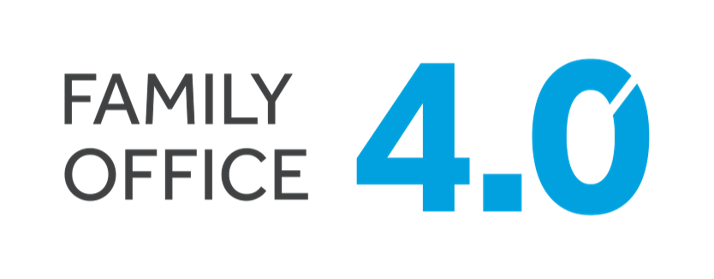A year ago, family enterprises that wanted to automate governance processes had to buy tools from multiple vendors. Today, vendors assimilate adjacent functionality, turning their point products into full-stack governance platforms. As we enter year three of the global pandemic, a lot is changing in the family enterprise landscape, presenting a goldmine of opportunity for families to look digitally inward and move the technology needle.
Trusted Family’s global community of over 160 family enterprises is at the brink of this opportunity. For them and many other family-owned enterprises across the globe, here are our top predictions to leverage the power of digital governance ecosystems and thrive this year.
 Prediction #1: Remote collaboration will increase helping to keep “wind in the sails” of family and shareholder governance.
Prediction #1: Remote collaboration will increase helping to keep “wind in the sails” of family and shareholder governance.
The past two years have been challenging for all of us. For owners of family enterprises, the pandemic has put to test the strength of family unity and the engagement of family owners. Family enterprises have proven to be resilient and agile. To maintain momentum on family and shareholder governance work, technology has been leveraged to communicate, share documents, and make decisions. The experience for most families has been positive. In the past, most work on family and shareholder governance would take place during a small number (usually quarterly) of scheduled meetings throughout the year.
With the transition to remote meetings and virtual collaboration, we are observing an increase in asynchronous working to maintain momentum on family and shareholder governance initiatives. Family members contributing to these efforts are meeting more frequently remotely for shorter meetings and then working independently on assignments.
For example, one family council managed a project to establish a family employment and next-generation talent development program using an asynchronous collaboration model. They formed two committees to work on each priority remotely. Each committee came together every 2-3 weeks for 6 months to discuss and make decisions on the design of the family employment policy and the talent development program. In-between meetings, family members were given assignments and collaborated online using a data room to share files and working documents. Using this asynchronous model, a project that normally would take a year or more to complete with 4-6 in-person meetings, was in fact completed in 6 months.
We are optimistic that in 2022 we will see a return to “normal.” For business-owning families, this will be a year to rekindle relationships and family traditions that have helped to maintain family unity across branches and generations of the family.
For families with established family and shareholder governance structures and processes, this will mean that important family council and shareholder council meetings will take place in person and this is where the big decisions will be made. However, the asynchronous approach to collaboration will continue and this will be an important way for family councils and shareholder councils to maintain momentum. It will create efficiency by increasing the speed at which work is completed between meetings. The costs for council meetings will also be reduced because families will opt for in-person meetings that are high impact but less frequent and for more virtual collaboration between meetings.
Prediction #2: Digital centralization of family and shareholder information will be the norm.
Now that we have all become more comfortable working remotely, we foresee the year 2022 placing greater emphasis and more investment in ensuring family and shareholder information is accessible in one single place.
There will be fewer people regularly coming together for in-person meetings, which means all the family and shareholder information that has traditionally been filed and updated in the office will now need to be accessible in a centralized online location.
One family specifically invested in an online “Data Room” which stores all the family and shareholder policies, meeting documents, and personal information on family members. Family members based on their roles can access different parts of the data room. Centralizing the family and shareholder information in this way has led to a greater feeling of transparency across the family. Family members now feel better informed and decisions are being made faster as family members can easily access necessary documents to review and provide input to support decision-making.
Prediction #3: Business-owning families will up their data security game
In our experience, most families still lack sophistication in the way they manage family and shareholder information electronically. Many business families do not have well-defined and established cybersecurity policies and family and shareholder information are managed electronically in an ad-hoc manner.
With the increase in asynchronous working and virtual collaboration, families will be investing in cybersecurity technology and trusted information management platforms to provide state-of-the-art data security protection.
The Bottom Line
The pandemic has been an essential reminder of the potential of family enterprises, particularly regarding the possibilities stemming from technology. Digitalization helped many businesses pivot their operations quickly in the past two years and served as a wake-up call to many family-owned businesses on the importance of continuing to invest in their information technology infrastructure. Our message is simple: this is the tipping point and now is the time to act. Digitalized governance will become increasingly popular and family enterprises with established digital capabilities will likely fare better than those that are scrambling to keep up.
This article was contributed by Trusted Family, an Asset Vantage partner.
Authors:
Nanditha Vijayaraghavan, Head of Marketing & Growth, Trusted Family
Samuel Bruehl, Partner, Generation Transition Advisors





